You Tube winter-hardy garden shrubs. What trees and shrubs to plant in the garden
Flowering and ornamental shrubs make your garden beautiful and noticeable throughout the year. Which ones should be planted? Choose, and you will always enjoy the aroma, flowers and extraordinary berries of these plants:
- Potentilla shrub (Kuril tea, cinquefoil)
- barberry
Potentilla shrub (Kuril tea, cinquefoil)
Potentilla shrub is a wonderful, unpretentious and winter-hardy plant. Bloom: a large number of large flowers of various colors (yellow, white, pink, orange). There are terry forms. Flowering lasts from May to August, some varieties bloom until October.
The height of the bush is from 0.5-0.7m to 1.5m. The crown is dense, strongly branched, has the shape of a ball. Good for cutting and shaping. Potentilla is photophilous and drought-resistant. However, in bright sunlight, the flowers may fade. Potentilla is perfect for creating a hedge, a flower garden and decorating an alpine slide. Pairs well with conifers. It is often planted in the foreground of plants with exposed bottoms.
Popular varieties:
- goldstar- bright yellow flowers up to 5 cm, blooms from June to October
- Abbotswood- pure white flowers, simple, 2.5 cm in diameter. Flowering: June - October
- snowbird- white, terry
- Annette – undersized shrub 0.5m, orange flowers
- pink beauty- dark pink flowers up to 3 cm in diameter. Flowering from June to frost
- Pink Queen- flowers are pink. Flowering from May to October
- princess syn. blink- pale pink flowers 2.5 cm
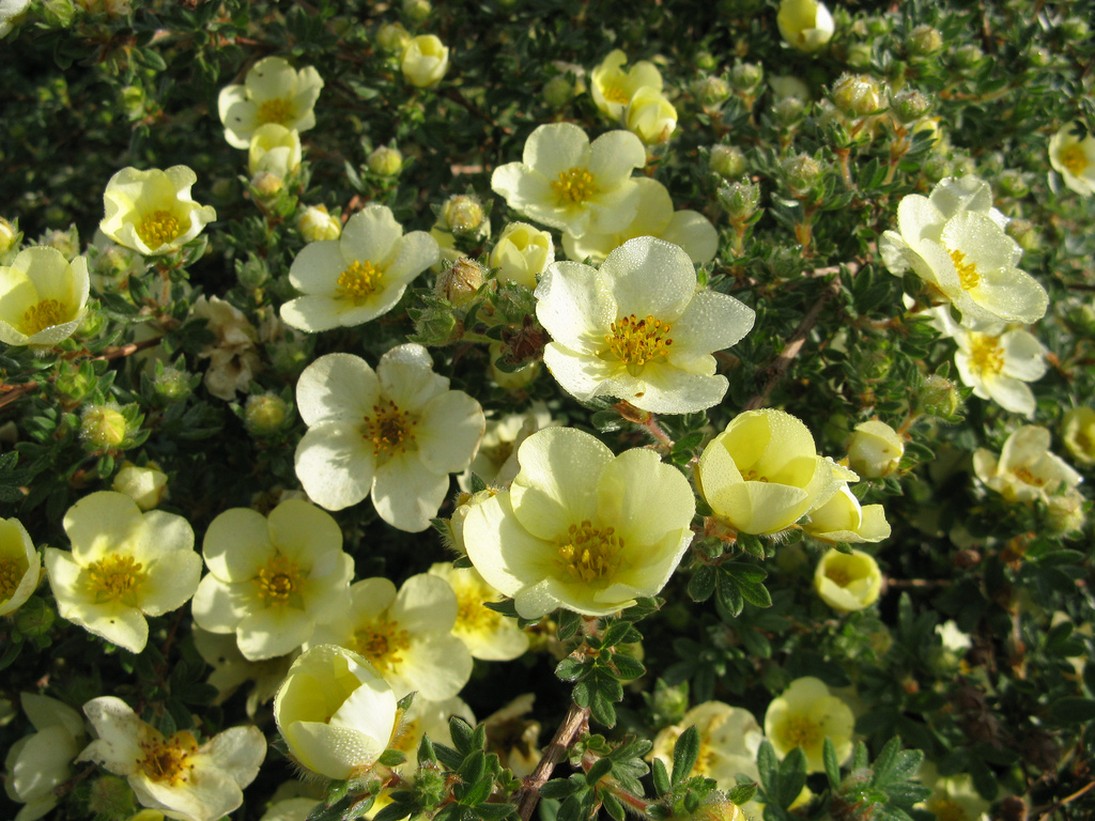
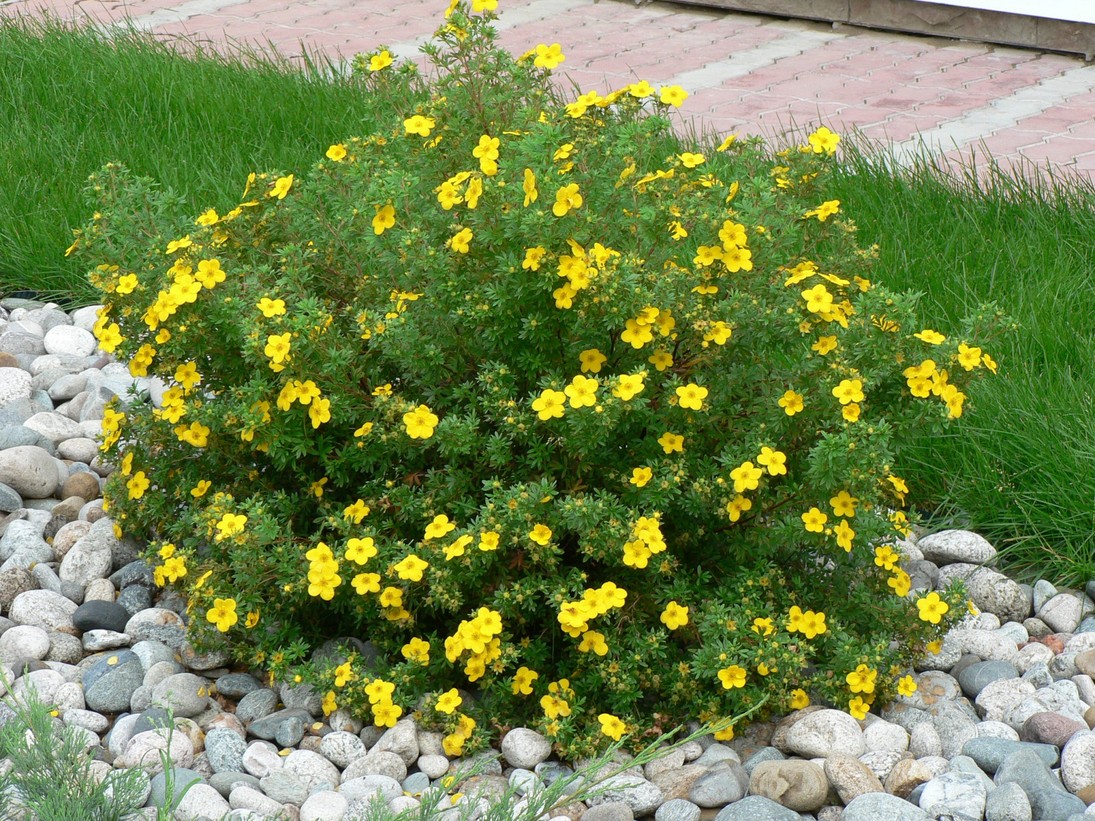
Japanese quince (henomeles)
Chaenomeles - deciduous or semi-evergreen, beautiful flowering shrub, slow growing and quite spiny. Under favorable conditions, it can reach 3m in height and live up to 80 years. Japanese quince blooms with wonderful, large scarlet flowers in May. Quince feels great in sunny areas, blooms profusely and bears fruit. The yellow fruits of chaenomeles look like small apples and are rich in vitamin C.
Chaenomeles can be planted both singly against the background of a lawn, and in a group of plants, in a rocky garden, used as hedge. Low-growing types of Japanese quince are suitable for decorating an alpine slide or a border in a flower garden. The standard tree of chaenomeles will become a real decoration of the garden. For this, cuttings of Japanese quince are grafted onto wild pear or mountain ash.
chaenomeles japanese(flowers are bright red, large up to 5cm, height up to 3m)
chaenomeles maulea(flowers 2-3cm red-brown, height up to 1m)
- Nivalis(red)
- Brilliant(bright red)
- Hollandia (salmon)
- Vesuvius(red)
- Pink Lady
quince beautiful Nakai(flowers red large, height up to 1m)
- Nakai Nivalis - white flowers
- Nakai Phylis Moore - salmon pink flowers
- Nakai Boule de Feu - Blooms bright red
- Nakai Simonii - semi-double red

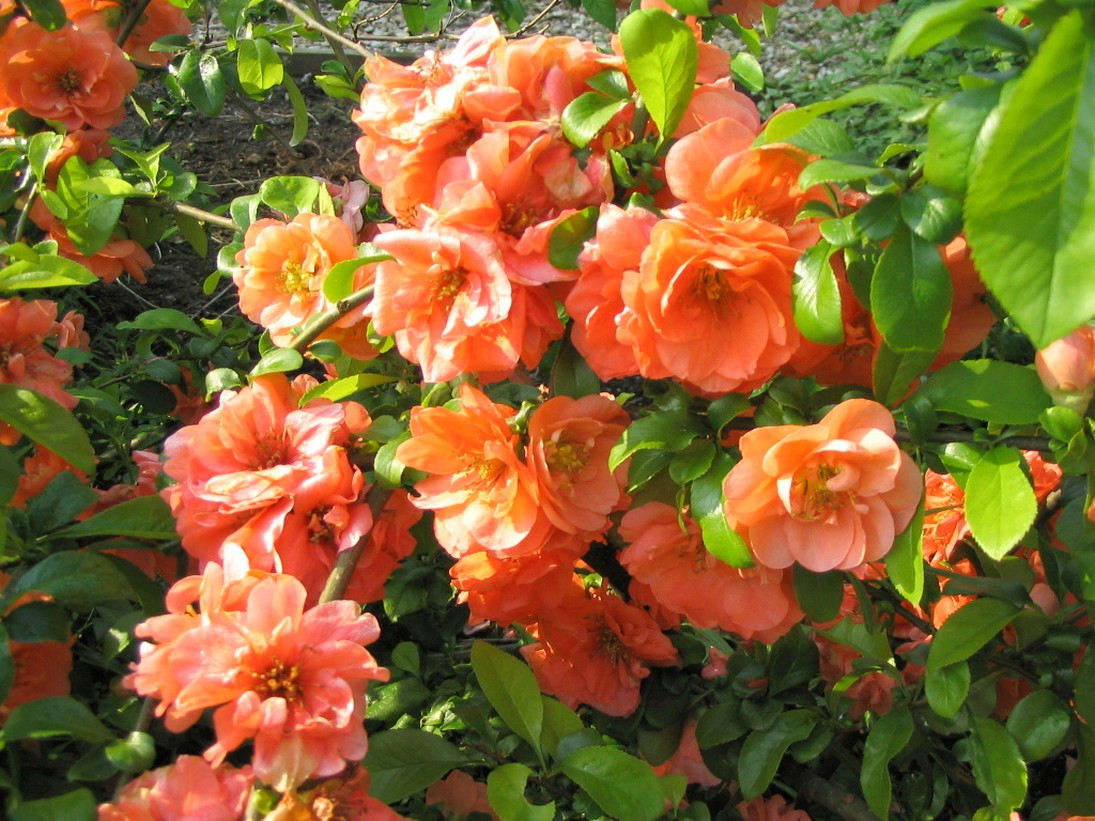
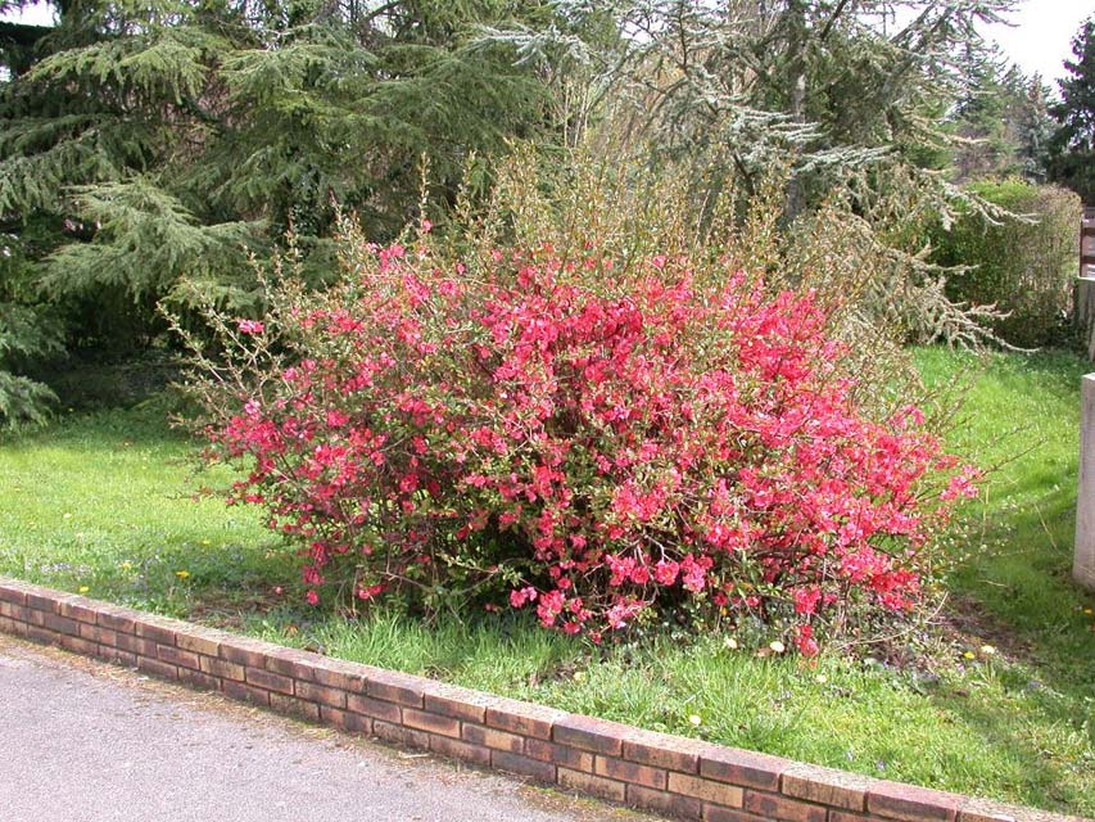
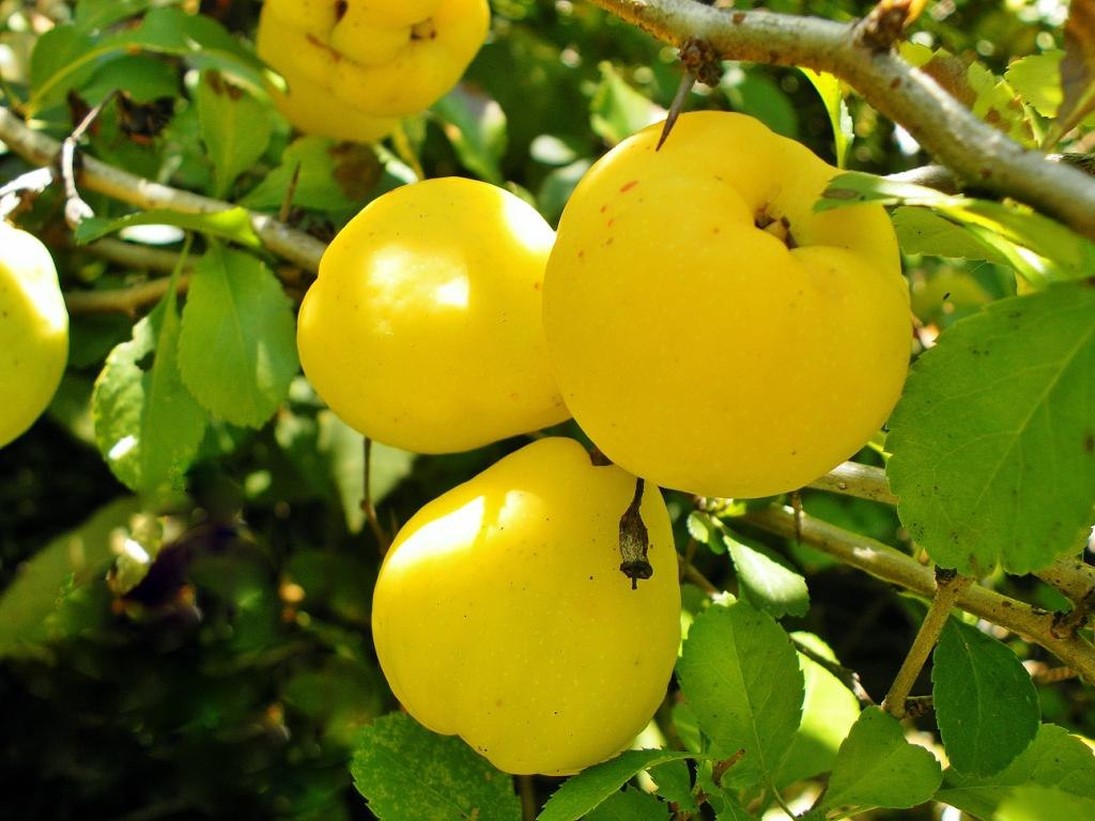
Vesicle viburnum
The viburnum viburnum has beautiful, bright foliage of different shades from yellow-green to wine-red. The leaves are large, corrugated, located on the sprawling branches of the vesicle. The crown of the bush is lush, spherical, easy to cut and shape.
The vesicle is ideal for hedges. A hedge of several varieties with different leaf colors and bright red fruits at the time of ripening looks interesting.
- Dart's Gold- height up to 1.5 meters. Young foliage is orange-yellow, turning green in summer, becoming yellow-bronze in autumn.
- Luteus- height up to 3 meters. Yellow variety. In open areas - bright yellow, in the shade - yellow-green
- Red Baron- reaches 1.5-2 meters in height. Features pink flowers and red berries
- Coppertina- the height of the bush is 1.5–2.5 m, the foliage is orange in spring, it acquires red tones in summer. The flowers are white, after dissolution they become pink
- summer wine- shrub up to 2 meters in height. Young bushes are distinguished by beautiful wine-colored red foliage. Gradually the color changes to green
- diabolo- high bush up to 3 meters in height. Foliage is purplish-red, turning green in shade with a slight purple tint.
- Аurea- Bright yellow foliage with an orange tint.
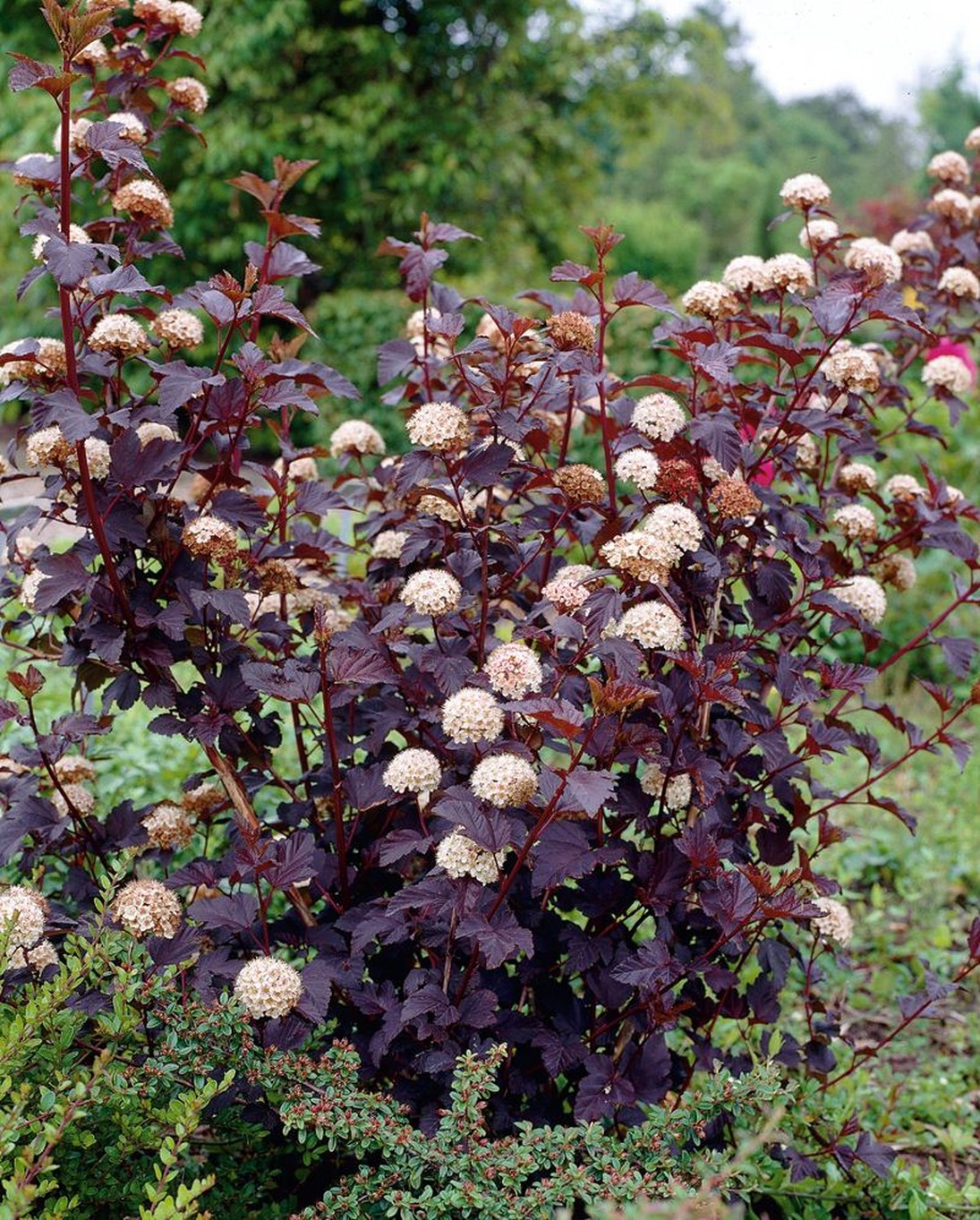
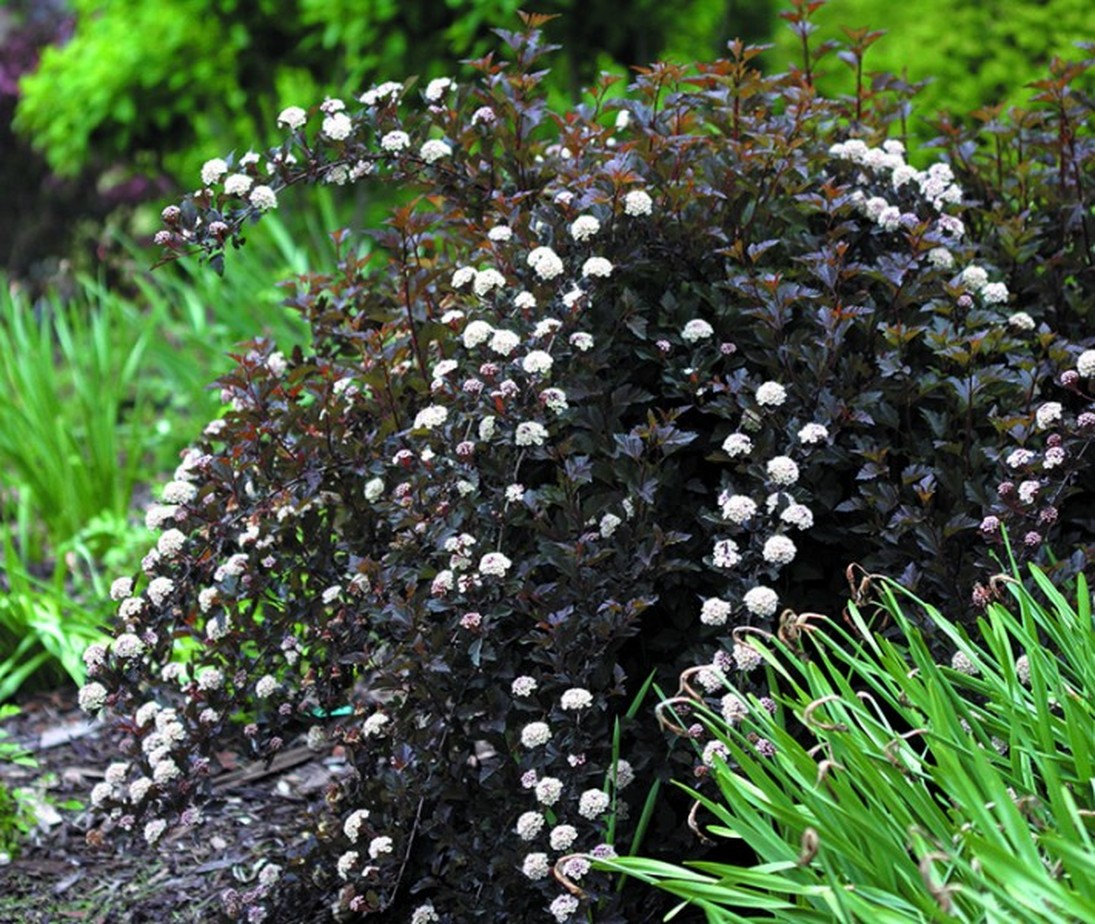
Euonymus
Unpretentious, easily tolerates air pollution, grows well in shade and partial shade. There are quite a few species of euonymus, so among them you can find both low shrubs and large trees with a fluffy crown. Euonymus blooms in May - June, but these flowers do not attract attention, but the most spectacular in this plant is, of course, foliage! In spring, it has the usual green color, but closer to autumn it flashes with all sorts of colors: white, yellow, purple, crimson, red, purple, orange.
The fruits of the euonymus are also interesting - bright boxes on long legs of bright, contrasting colors. They are not only a decoration of the autumn and winter garden, but also attract birds there. Attention! Euonymus fruits are poisonous!
Euonymus is used as ground cover shrubs, planted in flower arrangements, in paving windows, in rockeries and alpine slides. A good contrasting combination of euonymus with coniferous plants: thujas, junipers, boxwoods.
Low, variegated shrub up to 0.5 meters in height. Valued for bright emerald foliage with a white or golden yellow border
- Vegetus
- Minimus
- emerald gaiety
- Emerald Gold
- sunspot
- sheridangold
- SilverQueen
japanese euonymus(Euonymus japonicus)
Euonymus European Albus
warty euonymus(Euonymus verrucosus) - reaches 1.5 meters, frost-resistant, very decorative
euonymus dwarf
euonymus coopman- creeping species without a trunk with arcuate branches
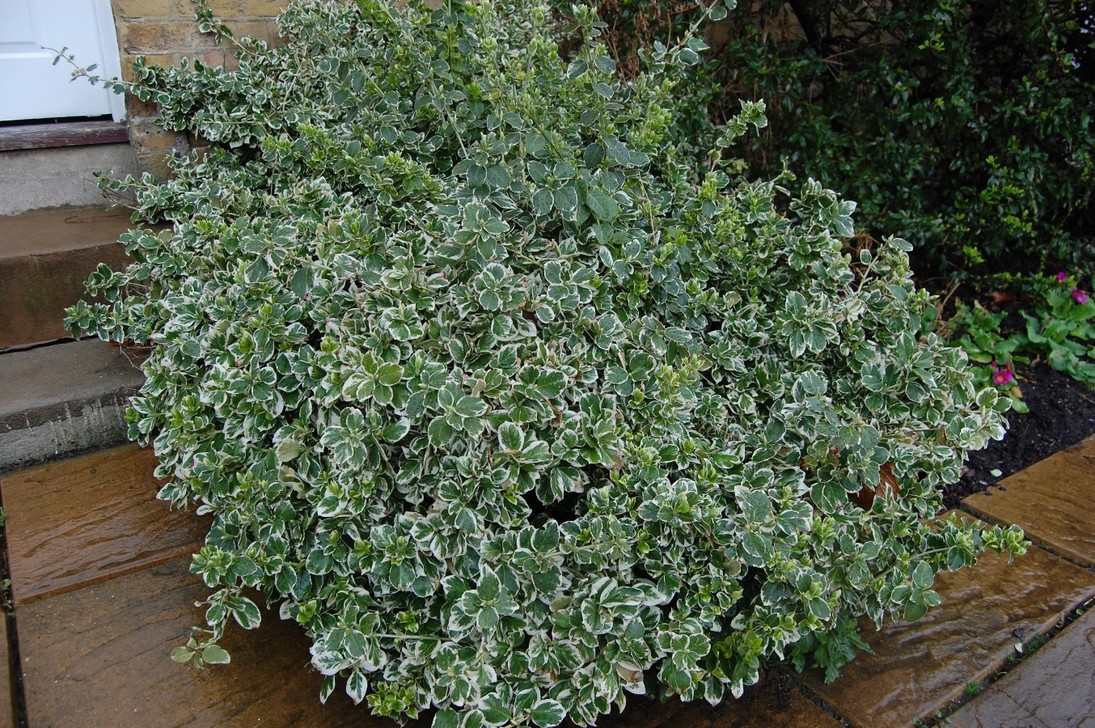
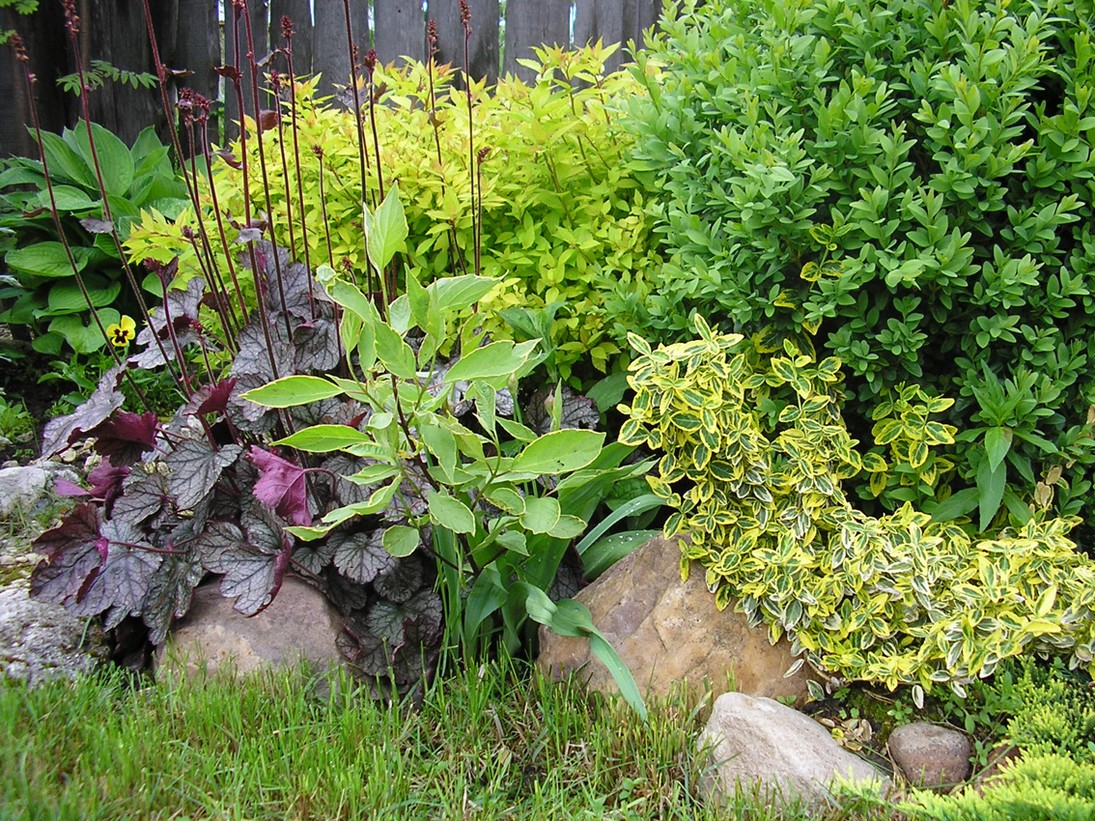
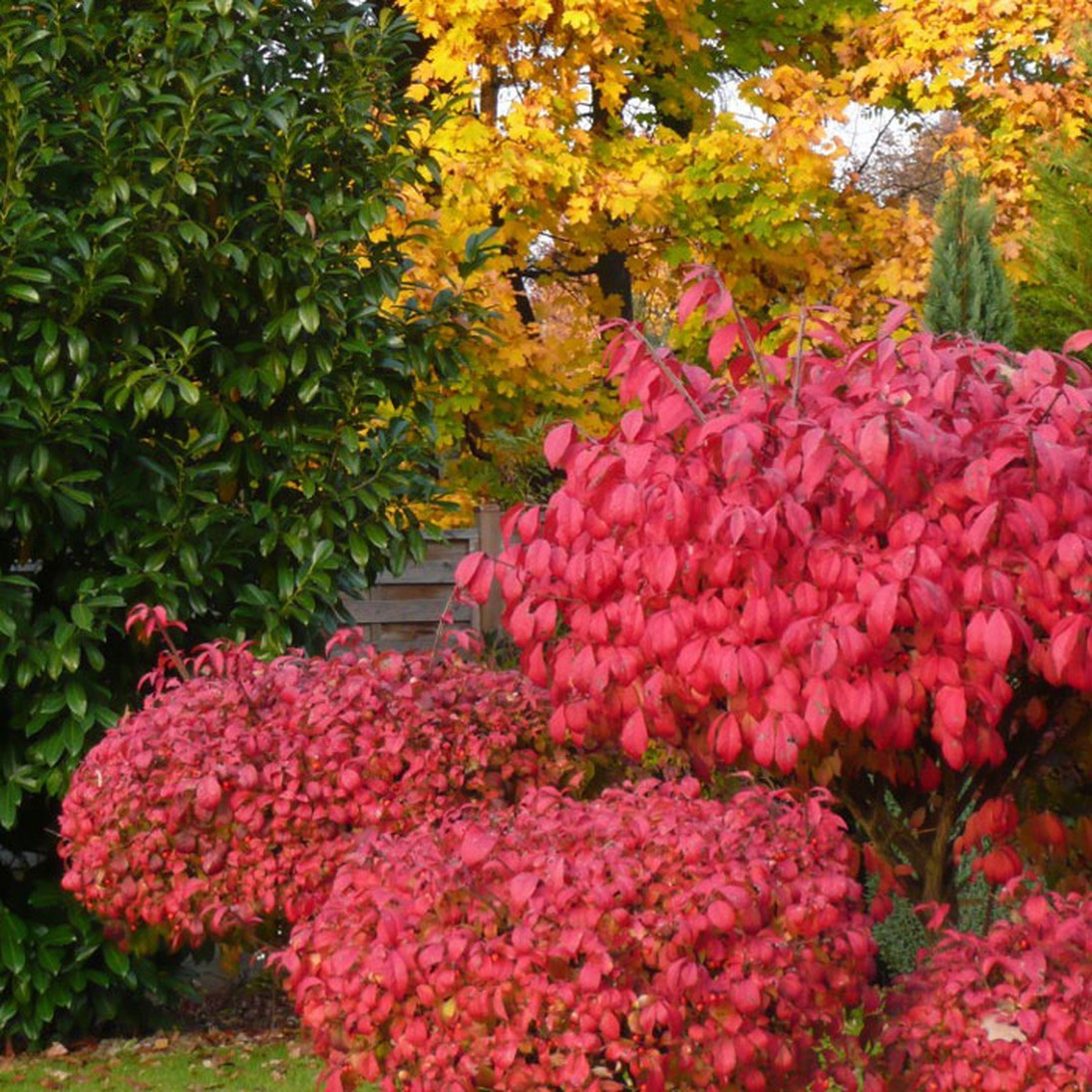
![]()
Barberry
Barberry is unpretentious, grows both in the sun and in the shade, is not picky about soil fertility. This plant is frost and drought resistant. The barberry bush is decorative throughout the year: flowers, foliage, berries - all this looks very elegant and attractive. Barberry will decorate your garden with its unusual foliage and berries, which are also very rich in vitamin C. Therefore, your garden will not only be beautiful and bright, but also delicious!
Thunberg barberry (Berberis thunbergii):
- Atropurpurea Nana
There are some important subtleties to know about the placement of different views. Let's start with trees.
Trees
Before you select trees for landscaping the space near the fence, you must first learn some of the intricacies of planting:
- To prevent damage to the fence under the action of the roots, it is important to consider the distance between him and the tree. The optimal distance about 3 or 5 meters. Consider not only the actual size of the tree, but also its estimated size of the crown and root system in the future.
- Calculate in advance shaded area near the fence and trees. Consider what plants can be planted nearby.
Attention! Rule 1 must be followed. Otherwise, the tree may eventually damage the fence with its root system.
As a rule, our compatriots traditionally plant fruit trees near the fences, for example, apple trees. But for the decoration of this territory, special varieties of trees have long existed. Here they are:
Due to the trees, it is quite possible to increase the height of the fence. To do this is simple - we plant trees in a row. As soon as the crowns are in contact, they begin to be cut regularly. Best suited to the procedure linden and elm. The first one will also delight you with an unforgettable aroma during the flowering period.
It is important to consider the purpose of the tree near the fence. For example, you can completely close your site from prying eyes. Or you can just want to give the fence a more decorative look. About what trees can be planted for different purposes, we will talk a little later. And what shrubs are suitable for planting?
Shrubs for places near the fence
Shrubs planted here have a lot of advantages:
- Transformation of a not very aesthetic fence.
- Enrichment of air with oxygen.
- Purification of air from dirt and dust, if the site is located along the roads.
- Ease of maintenance.
Deren . The shrub is absolutely unpretentious and is a favorite of many gardeners. Its variegated leaves transform any plot and fence. Derain grows well in any territory, including Siberia. In summer it is decorated with flowers, and in autumn - white fruits. Excellent for shaping by cutting.
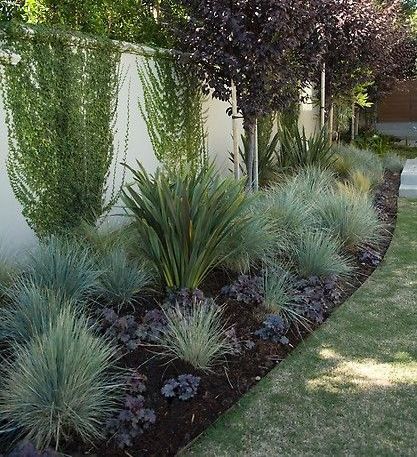
What tall flowers can be planted along the hedge
We have already talked about bushes and trees. And what flowers are planted along the fence?
One of the more popular options is rudbeckia (known as the golden ball). The name is not accidental, because the inflorescences of this plant look like a ball. Bright yellow flowers will decorate any fence.
Mallow is perennial. An easy to care for plant that can decorate any place. Easily propagated and does not require special care. It blooms almost until October in warm weather.
Sunflower. This flower is able to grow in height up to one and a half meters! Its sunny appearance can hide any, even the most nondescript fence. Sunflower is also useful - seeds and other parts of the plant are widely used in herbal treatment. Loves good watering.
Decorative bows can look great -.
Mixborders along the fence: the principle of construction, photos, ready-made schemes
Widely used in Lately for landscaping the entire site, and not just places along the fences. A mixborder is several different plants that bloom at the same time and create an amazing riot of colors.
Here are a few schemes that allow you to create very beautiful combinations of plants:
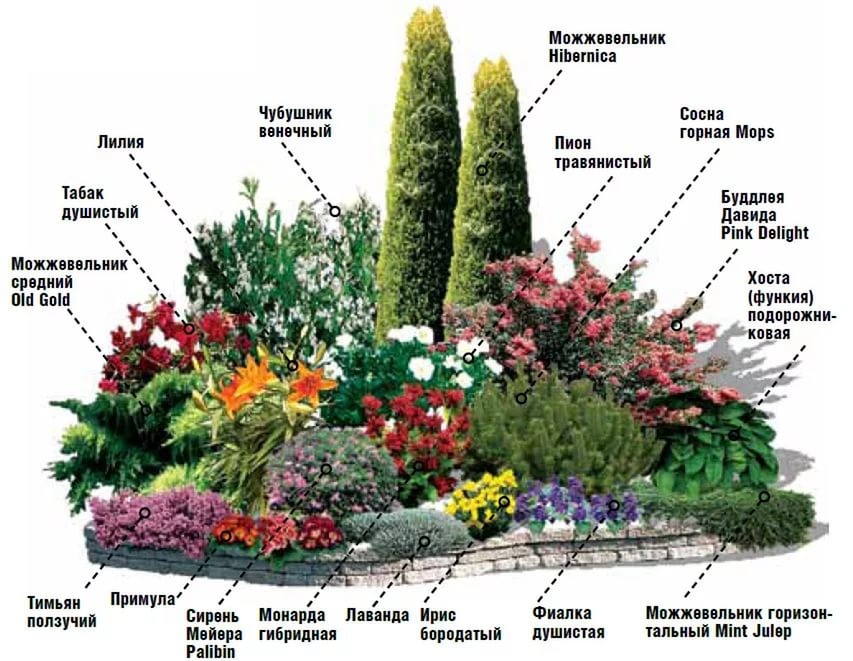
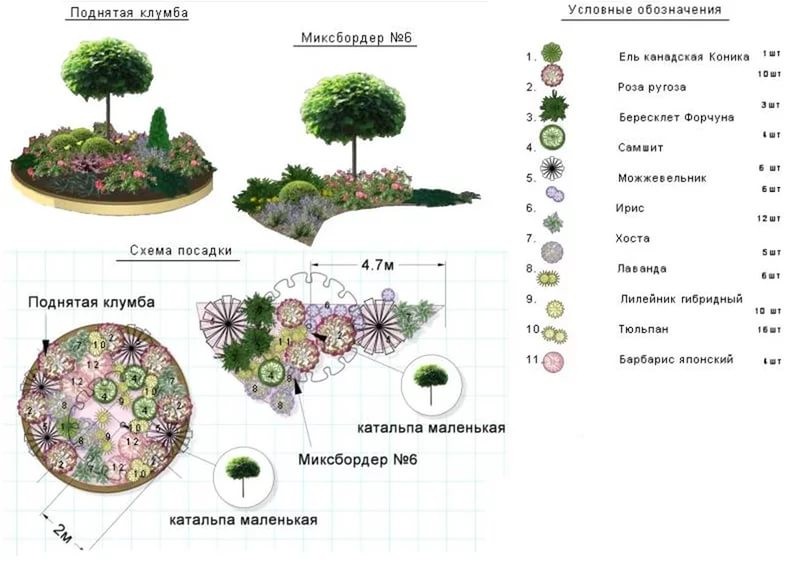
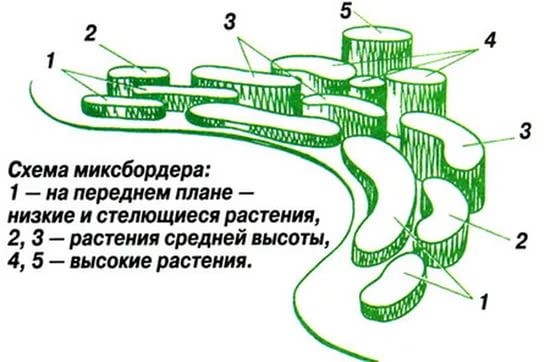
Do not forget that plants that grow quickly cannot be planted in the composition. They "kill" their neighbors. All flowers and shrubs should definitely have similar soil, water and fertilizer needs.
A selection of compositions along the fence in the photo:
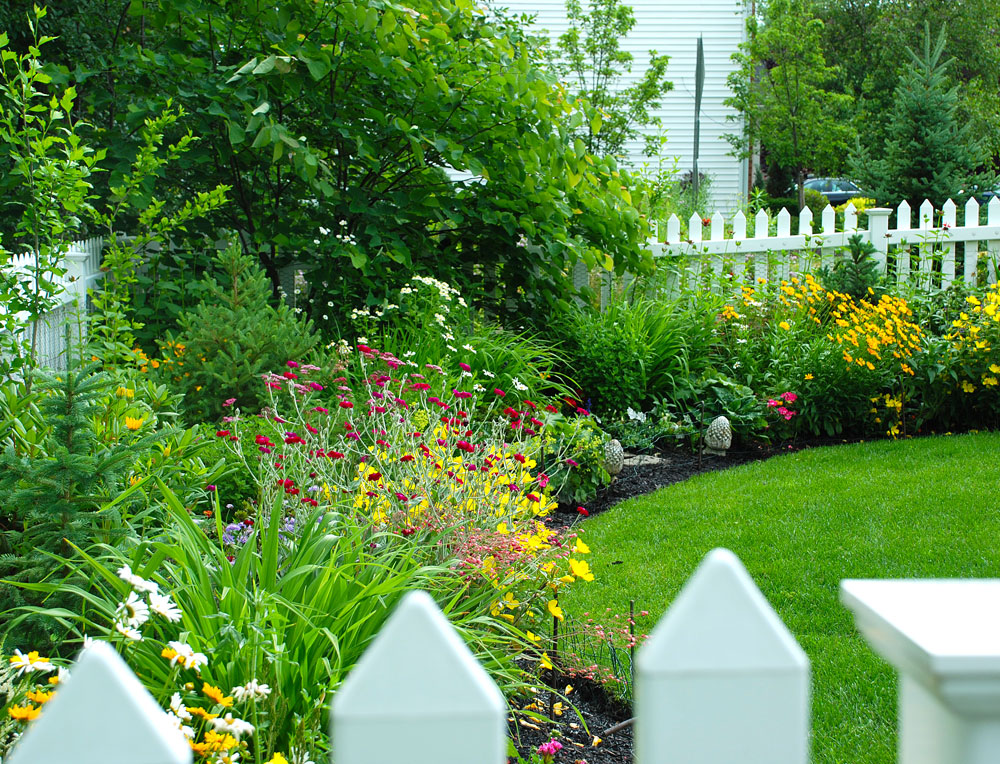
![]()
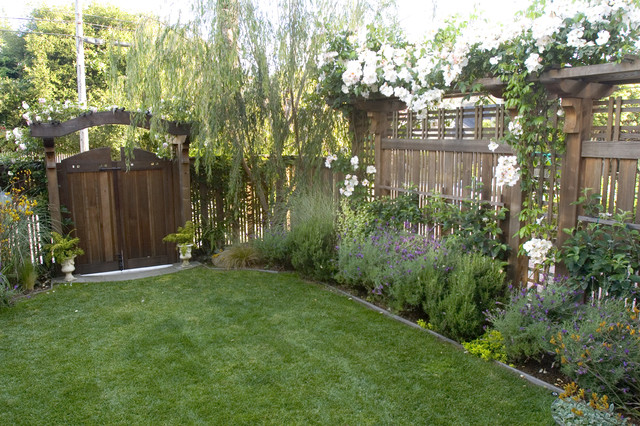
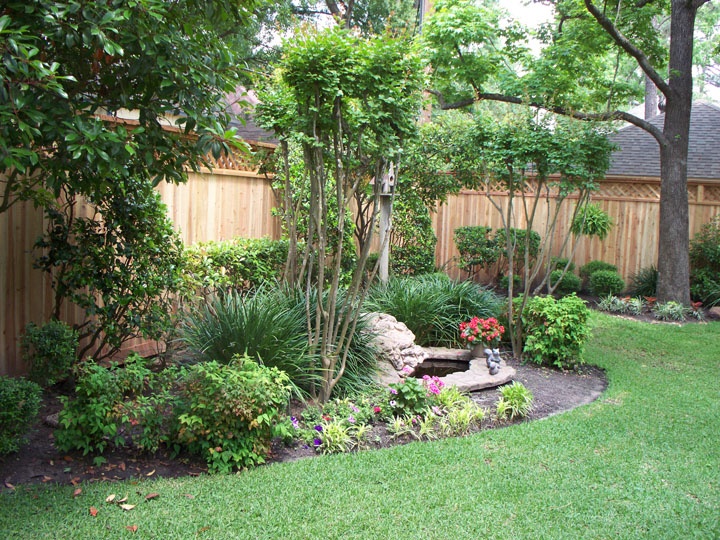
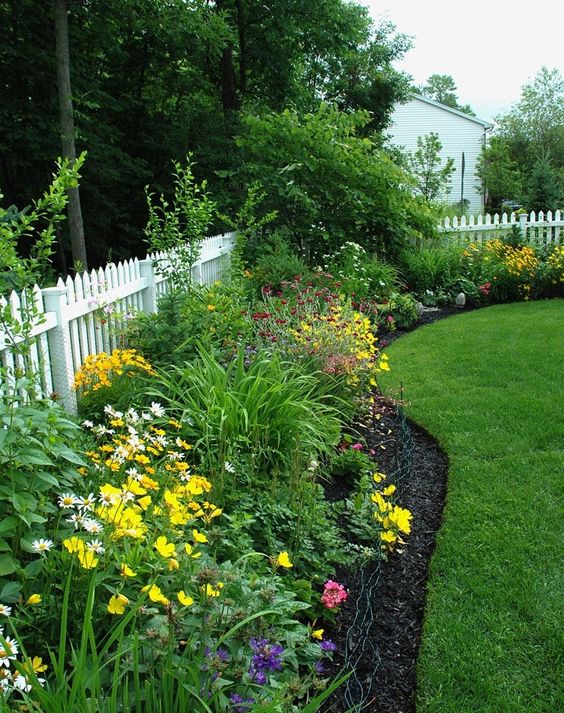
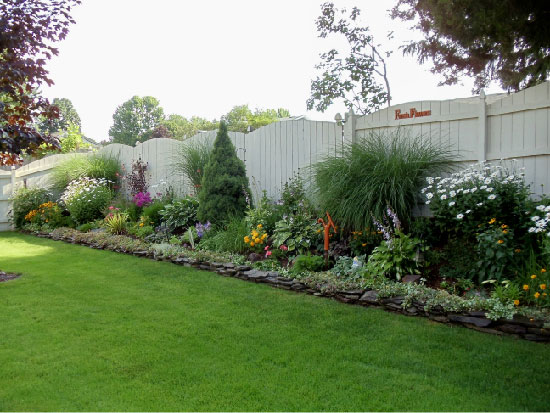
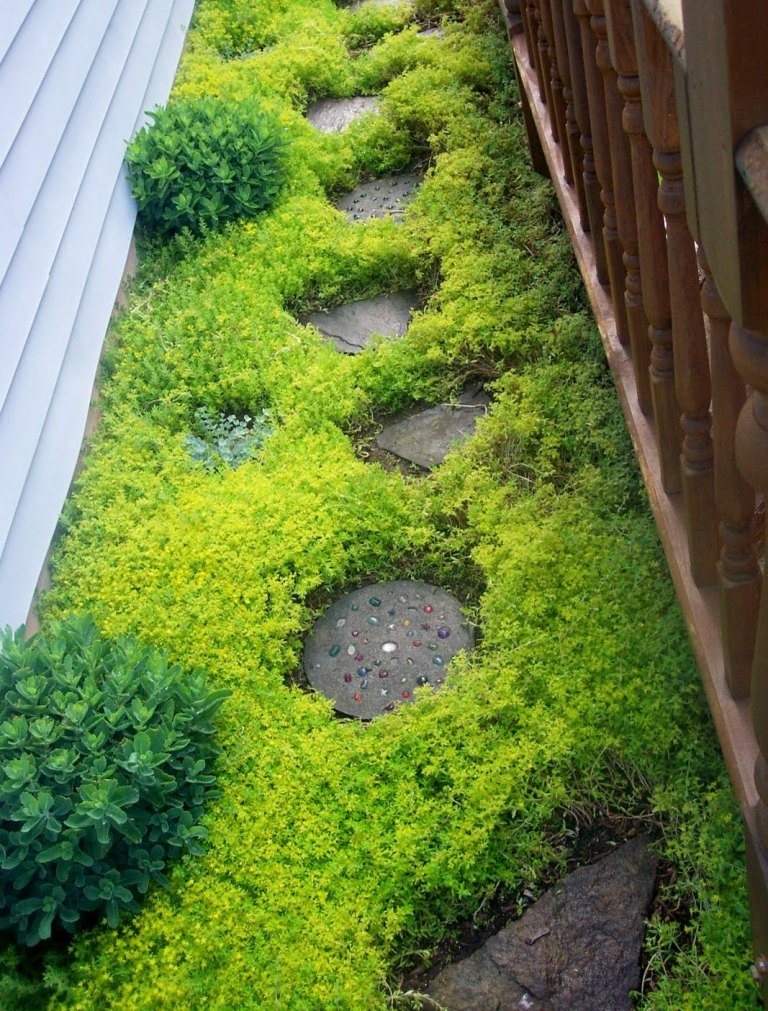
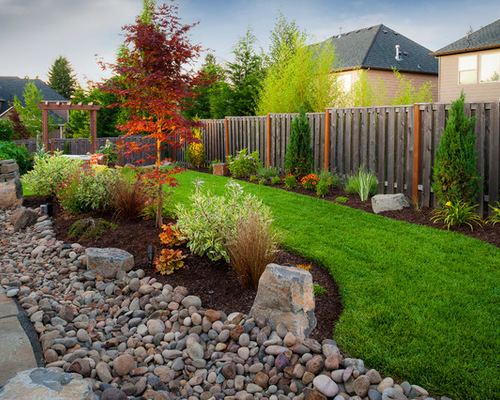
When selecting plants for the garden, you need to be based on several criteria. It is desirable that trees and shrubs be unpretentious - after all, you are not going to devote all your free time to caring for them, the gardener has enough other troubles. But the site should not be neglected either. Therefore, the question of which plants to plant in the garden is quite acute on the agenda.
What plants should be in the garden: the main criteria
It is necessary to decide which plants should be in the garden only after functional zoning has been carried out, interesting option garden design, well-planned paths, outlined the boundaries of lawns, paved areas and flower beds. After carrying out these works, you can start designing plantings of trees and large shrubs. In order not to overload the garden and correctly choose which plants to plant in the garden, you need to remember the ratio of open and closed spaces of 2: 1. That is, that the area of open space (lawn, gravel, water and flower arrangements, what is below the level of human eyes) should be 2 times the area occupied by trees and high tree-shrub compositions.
The main criteria for choosing which trees to plant in the garden are as follows:
- crown shape and habitus of plants, height and diameter of an adult plant;
- the color of the leaves, including their autumn color, do not overload the garden with specimens with purple, yellow or variegated foliage;
- when deciding which plants to decorate the garden with, decide whether you need fruits and vegetables;
- the shape of the leaves, use plants with unusual leaves where you can get closer to them;
- color and texture of trunks and shoots.
What plants to plant in a mini-garden
For a small garden, the problem of choice is especially acute. Which plants are suitable for a mini-garden is a topical issue for owners of small plots. It is better to prefer those trees and large shrubs that are good all year round especially those that change from month to month. In such a situation, you should not plant, for example, lilac - the shape of the bush is good in very few varieties, of course, lilac is incredibly good in May, but it blooms for only two weeks, and then only a background of green leaves. Unlike lilac, shadberry is a very suitable plant for a small garden, it is good both during leafing, and during flowering, and in summer with berries, and in autumn with a fantastic color of foliage.
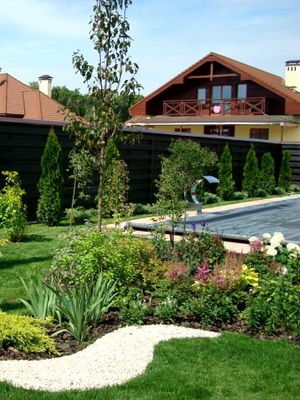

Look at the photo, which trees are better to plant in a garden in a small area, and do not forget that the plants look good from a distance of three times its height.
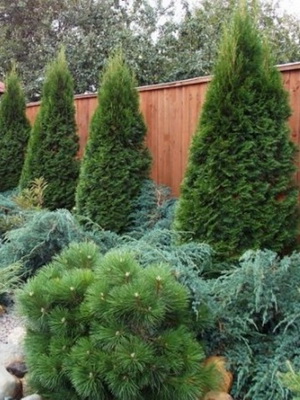

As skeletal plants, it is good to use the species trees of your area, these are resistant plants that are not prone to disease, freezing, etc., they will fit the garden into the surrounding nature. Often these are large plants, but they have graceful varieties that will "fit" in the smallest garden. You should not refuse those trees and shrubs that come from places remote from Russia, but they feel great in the middle lane.
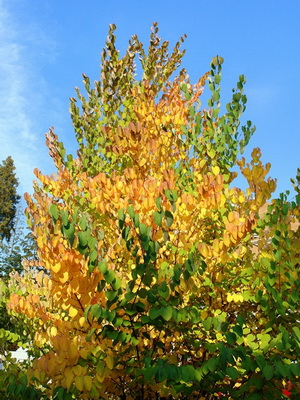
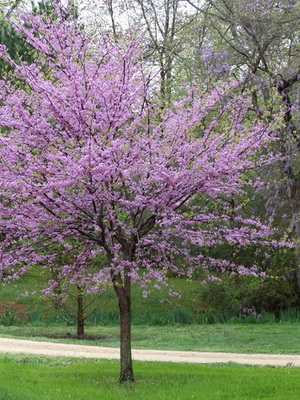
Here is an example of a shrub that can be planted in a garden: Japanese crimson, a tree 6-8 m high with beautiful rounded leaves - pink-purple when blooming, blue-green with a whitish underside with reddish veins in summer, golden yellow and crimson in autumn.
What kind of coniferous plants to decorate the garden
Without conifers, the winter garden would be completely empty, and in summer they create a pleasant contrast with deciduous trees decorating the site. Now many weakly winter-hardy coniferous plants are being sold, for example, thuja orientalis, black pine, all cypress trees, except for pea-bearing ones, single-colored and Canadian fir.
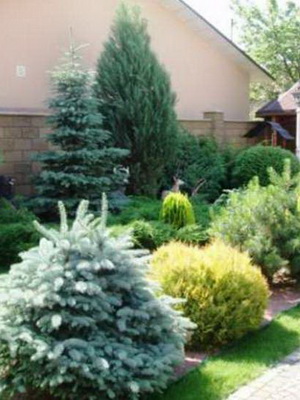
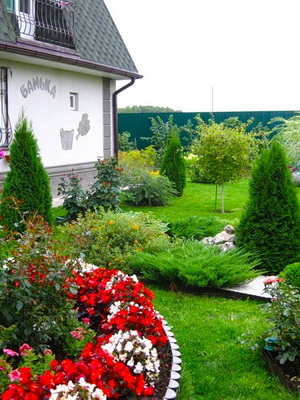
Closed space conditions small area often allow you to grow more heat-loving plants, but you should not consider them as skeletal or soloing, with a combination of adverse factors, they can freeze out, and even if they overwinter, then severely damaged by frost do not decorate the site. Below is a list of what coniferous plants can be planted in the garden middle lane Russia:
- varieties of thuja western;
- balsam, Korean and Siberian fir;
- different types of junipers;
- pine ordinary, mountain, and also cedar pines (European, Siberian, Korean, dwarf);
- spruce ordinary, Serbian and prickly; larch European, Siberian and Japanese (Kempfer).
What unpretentious trees and shrubs to plant in the garden (with photo)
Is it possible to make a pleasant garden for life, using a minimum set of unpretentious plants? Undoubtedly! The main thing is not the rarity of plants, not their species and varietal diversity, but the thoughtfulness of plantings, the logic of compositions and a sense of proportion.
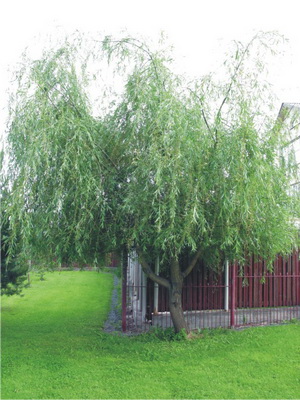
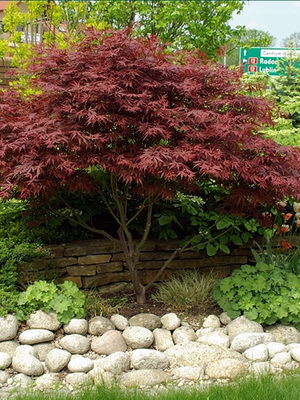
There are many beautiful hardy garden shrubs and trees that are consistently ornamental and require little or no maintenance throughout the season. For example, willows, maples, spireas, vesicles, turfs, honeysuckle, elderberries, fruit trees and shrubs.
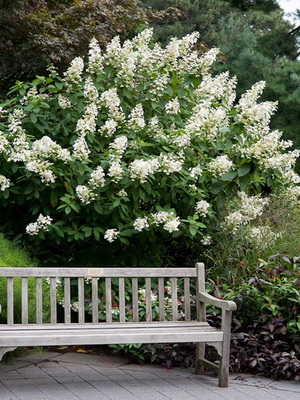
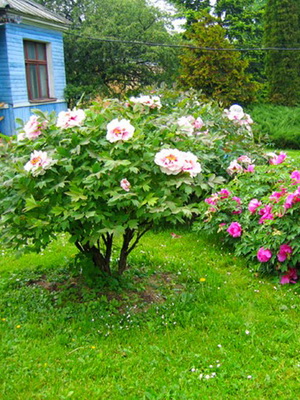
Single plantings, or tapeworms, are called a single (only!) copy of a plant on a lawn. A prerequisite is the high decorativeness of the plant (beautiful tree, hydrangeas, tree peony, etc.). Remember that there should not be several tapeworms on the lawn.
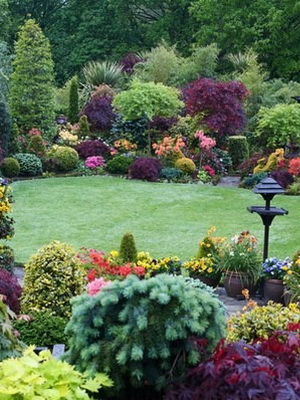
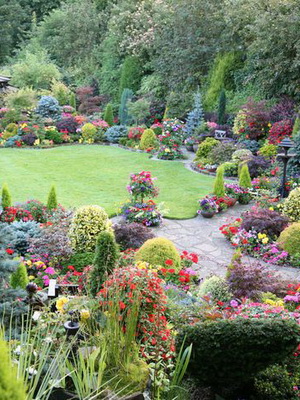
To reduce care, it is important to rationally plan plantings, plants should grow in compact groups, so they not only look more interesting, but are also more technologically advanced in care. Be sure to mulch the plantings, this gives them a more attractive appearance, reduces the time for weeding, creates more comfortable conditions life. Think about how to fix the border between the lawn and compositions, the easiest way to do this is with tiles or curbstones, which will eliminate the operation of trimming the edge. To reduce the time of caring for the garden on the shoulder of a thinking gardener, if he sets himself such a goal.
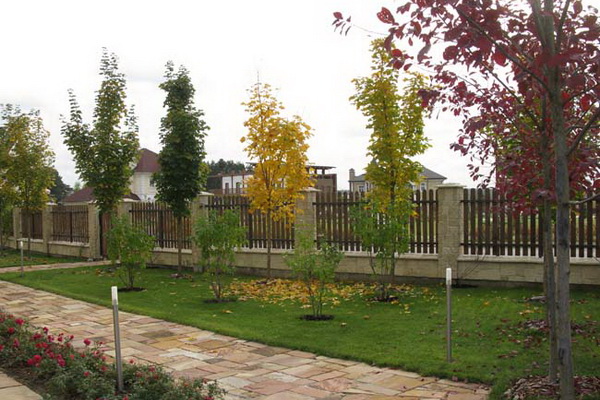
Planting design begins with the creation of a garden skeleton, which is organized by trees and large shrubs, and only after the foundation is made, you can decorate the site with flower beds.
The size of a mature tree or bush is plotted on the plan, even if you are planting a small seedling, crowded planting is one of the most common mistakes.
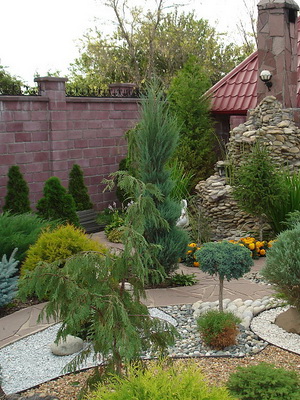
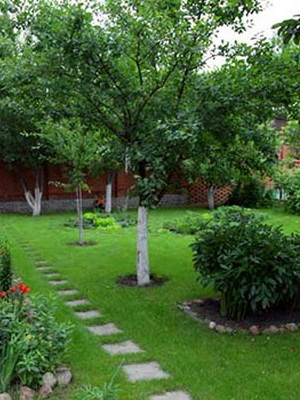
Is it possible to have a harmonious garden for a hard working person or not very young and healthy? Undoubtedly. Plan it wisely and plant suitable plants in the right places, then garden care will bring positive emotions, not to mention joy at the sight of beautiful and healthy shrubs and perennials.



